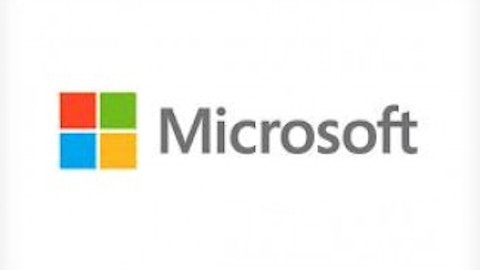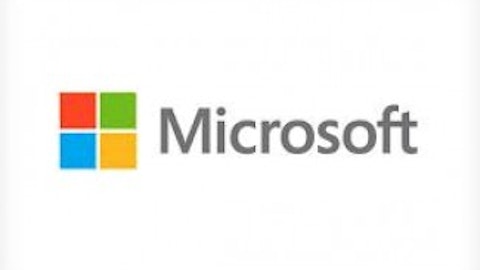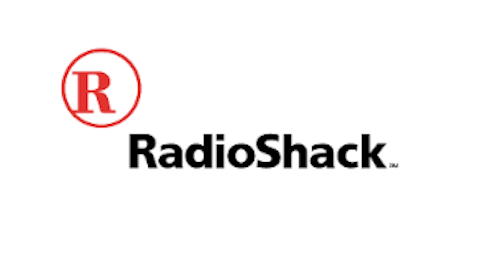
There are dozens of systems and methods that both purported and legitimate experts tout — from penny-stock scams to legitimate, if overly complex and needlessly time-consuming valuation systems — that still lead to market underperformance. Yet one of the simplest methods that most investors should probably use, but very few ever do, gets ignored: dollar cost averaging.
Dollar cost averaging explained
Dollar cost averaging is simply making scheduled regular investments into a specific equity on a mechanical basis. For a young investor, maybe it’s $100 per month into shares of a company, times three or four companies or Index funds.
The Fool’s Morgan Housel gives some insight in this article:
But most of the 20 best trading days and the 20 worst trading days happen during the same periods, often during the same months. No one can time the market so perfect as to jump in and out at the exact right days. So what happens is that those who try to avoid the market’s big drops tend to miss the market’s even bigger gains.
Simply put, dollar cost averaging gets you – the investor – out of the way when it comes to making a decision. You are more likely to get the advantage of the drop with those mechanical buys, and not miss the run back up because you didn’t either panic or think you could outsmart the market and sell out on the drop, just to miss the run back up.
Will these high-flyers keep flying?
The companies below share a common thread: All three were near the top-performers during the period from 1990-2000, increasing on average by an incredible. 9,262% over the decade:
If you were looking for solid, long term investments, these companies had a past record of amazing success, but just as important, a future that still offered growth back in 2000.
Microsoft Corporation (NASDAQ:MSFT) was at the height of its monopoly in Operating Systems, and its Office and Server software having nearly as much market domination as Windows. Even with a shrinking PC market and the company’s failure to gain traction in mobile, Microsoft Corporation (NASDAQ:MSFT) remains a dominant, diversified, and very profitable force in tech.
Best Buy Co., Inc. (NYSE:BBY) was no longer just a regional electronics retailer, having expanded to become the second largest in the nation, quickly taking market share from the now-defunct Circuit City by 2000.
But the Great Recession and the recent growth of web retail have exposed cracks in the foundation of 1,300 bricks and mortar stores. Today, the company is attempting to convert to a leaner operation, shifting its focus in the face of changing consumer demand.
As one of the first movers into the online brokerage business, Charles Schwab Corp (NYSE:SCHW) was still offering up plenty of growth potential in 2000 as more and more people moved to online investing.
However, missteps led Charles Schwab Corp (NYSE:SCHW) to return as CEO after only one year away in 2004. His efforts to refocus a company that, as he said, had “lost touch with our heritage” paid dividends, returning the company to increased profit and revenue growth. Despite another leadership change in 2008, CEO Walter Bettinger, and Schwab as Executive Chairman, have done an admirable job in leading the company through the recession and ongoing recovery.
The end result: Clipped wings, and how dollar cost averaging pays off
Despite the success of all three companies over the past 13 ½ years, they were incredibly overvalued (like many stocks) in 2000, leading to more than a decade of underperformance for investors who got in at the top. Simply put, dollar cost averaging can protect you from buying at exactly the wrong time.
Using dollar cost averaging would have meant outsized returns from two of the three. And a basket of the three combined outperforms both the market, and nets a decent return that most investors over this period would envy:
| Ticker | DCA Return* | Total Return** | Performance vs. Total Return*** |
|---|---|---|---|
| BBY | +29.3% | +32.45% | -3.15% |
| MSFT | +63.9% | -27.52% | +91.42% |
| SCHW | +90.9% | +6.48% | +84.42% |
| Average | +61.37% | +3.8% | +57.56% |
| S&P Total Return price change | +43.17% |
*Based on equal amount invested on first trading day of each month since January 2000
**Includes dividends
**Source: Ycharts.com
If our theoretical investor had invested a combined $300 per month equally divided between the three, his total investment of $48,900 would be worth $78,909 today.
On the other side of the coin, if he’d invested this total sum in January 2000, it would be worth $50,758 today. That’s a losing game when inflation is added to the mix.
Foolish final thoughts
It’s important to remember that dollar cost averaging is just one tool investors can use. But the benefit – getting us out of our own way when it comes to buying at a good value – could make it the one tool that leads to your best returns. The numbers don’t lie: Most investors fail at buying at a good price. The numbers also tell us that dollar cost averaging will help your portfolio; but only if you can get out of your own way.
The article Losing Money? Get Out of Your Own Way originally appeared on Fool.com and is written by Jason Hall.
Jason Hall owns shares of Microsoft. The Motley Fool owns shares of Microsoft. Jason is a member of The Motley Fool Blog Network — entries represent the personal opinion of the blogger and are not formally edited.
Copyright © 1995 – 2013 The Motley Fool, LLC. All rights reserved. The Motley Fool has a disclosure policy.







